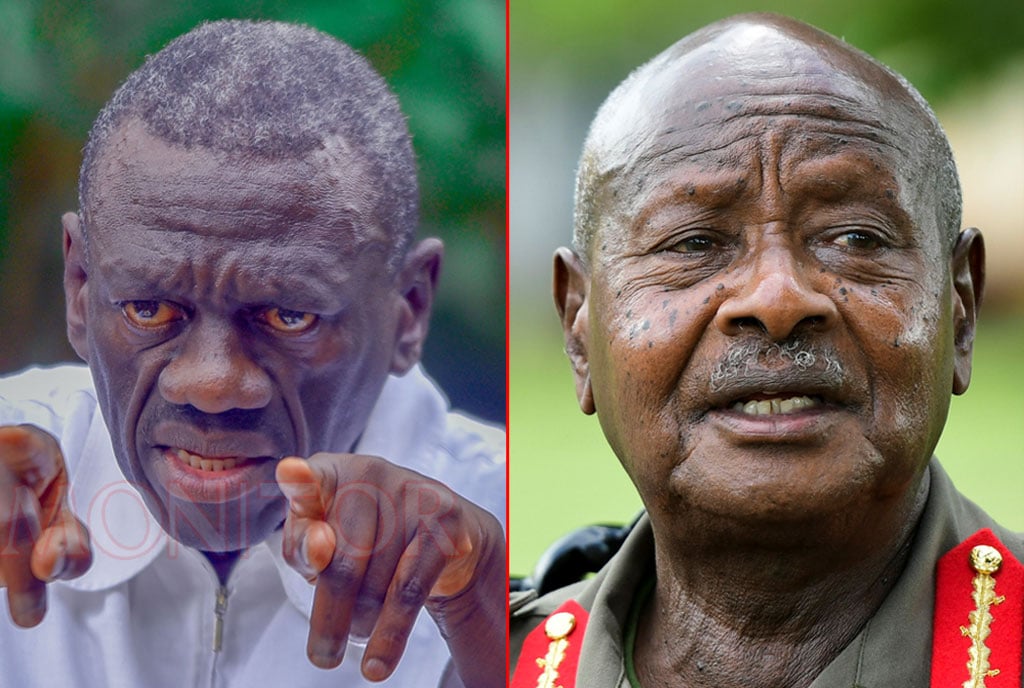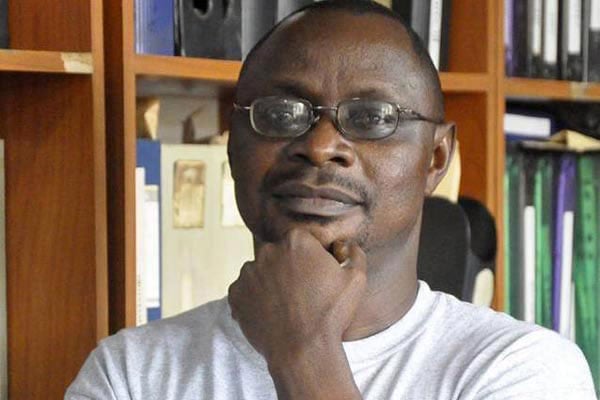
Philip Matogo
Nathan Nandala Mafabi and Patrick Amuriat [the Forum for Democratic Change Najjanankumbi faction secretary general and president] also pushed him away.
People should forget about [Dr Kizza] Besigye because even if you gave him the presidency now, there is nothing he could do. Only those who are opportunists or those who are too frustrated to remain sober will follow what he is doing,” the Nile Post reported Prof Morris Ogenga Latigo, the former Leader of the Opposition in Parliament, as saying.
Prof Latigo did not have any charitable words for National Unity Platform leader Robert Kyagulanyi, aka Bobi Wine, either.
However, while Dr Besigye is no longer the candidate he once was; dismissing him out of hand would be unwise.
The ruling National Resistance Movement (NRM) began as a revolutionary alternative to what was perceived as reactionary rule.
Of course, when it attained power, remaining a boat rocker would not serve the NRM’s purpose as it steered the ship of State. It thus changed tack.
Dropping is a subverter role; it supported the status quo. This was a status quo which offered very little for many a Ugandan.
Still, “No Change” over change became the NRM party’s battle cry in 1996.
This switch by the NRM thus confirmed that revolutionaries are just young reactionaries whose maturity comes not with age, but with power.
In the past, during the French Revolution, Maximilien Robespierre was an idealist who sought meaningful change.
He wanted a successful French Revolution, but his path to achieving it became more administrative than agitative.
By this, he went against the revolutionary grain. This meant opposing Girondin or Girondist revolutionary factions, who were originally part of the Jacobins.
Robespierre felt that the French revolutionaries needed to be more inward-looking. But the Girondists felt differently and declared war on the rest of Europe.
A similar conflict of opinion played out in Russia after the Russian Revolution. Leon Trotsky, the creator of the Red Army, disagreed with Joseph Stalin, the general secretary of the Bolsheviks. Trotsky favoured world revolution, while Stalin was for “socialism in one country”.
Anyway, the aforesaid wars required Robespierre to defend the revolution with the guillotine; this ensured that traitors to the war effort (read Revolution) would have their heads shorn from their bodies.
It is ironic that Robespierre and the creator of the guillotine, Joseph-Ignace Guillotin, had unsuccessfully attempted to abolish the death penalty. Then they introduced a device into the political arena which led to the beheading of between 15,000 and 17,000 persons.
This hero-to-villain switch by Robespierre proves that when revolutionaries become reactionaries, they use the same fixity of purpose and ruthlessness they used as agitators for change.
Dissent is stamped out (with a thud), as authoritarianism displaces reformism. In such an environment, those who oppose a faux-revolutionary government must understand that they must battle it with its own weapons. Those weapons are usually unsheathed by violent methods, or violent adjacent methods.
Dr Besigye figured this out. This is why his brand of Opposition was essentially the prettier doppelgänger to the NRM’s recourse to self-preservation: uncompromising in pursuit of power.
Accordingly, Dr Besigye employed guerrilla tactics that saw him claim the streets and the initiative, for some time, before the NRM doubled down.
It made sure that no holds would be barred in barring the Opposition from power. NRM won this dialectic of will. But does that invalidate Dr Besigye’s approach to regime change?
No, it should only remind us how far the NRM is willing to go in order to stay in power.
So the Opposition must not abandon Dr Besigye’s radicalism. It should also double down. It is only then that we shall see which side truly has the will of the people.
Mr Philip Matogo is a professional copywriter, [email protected]







